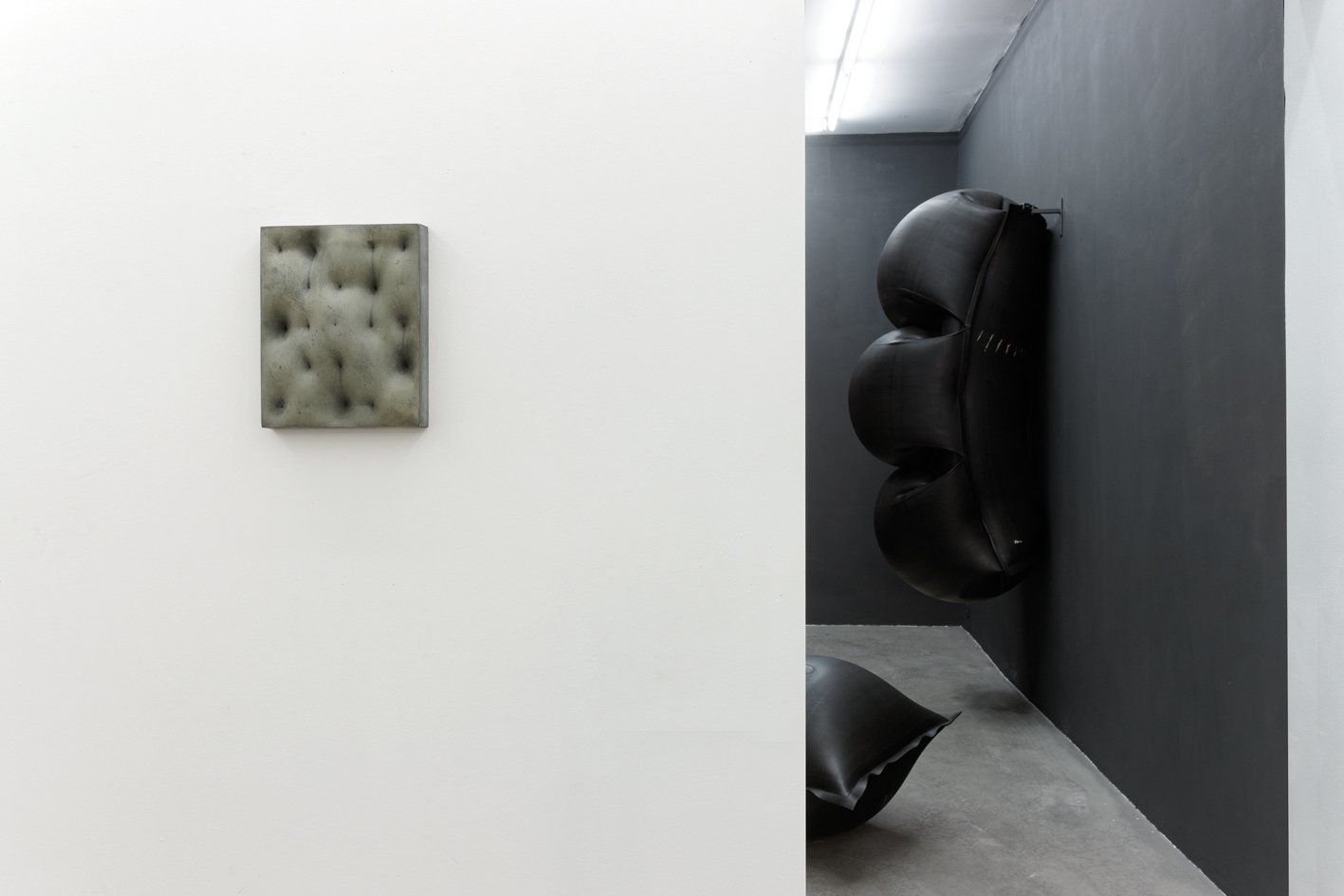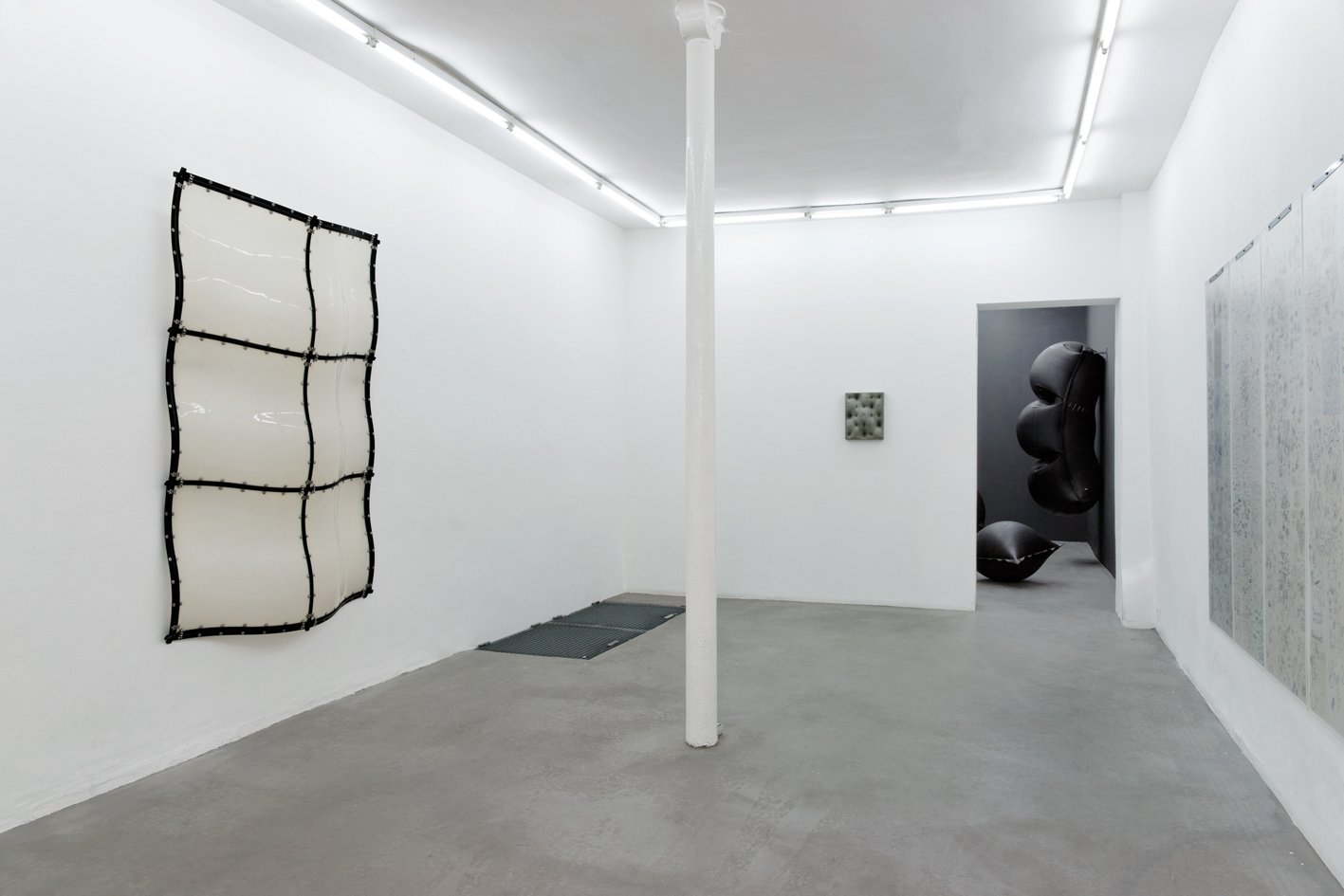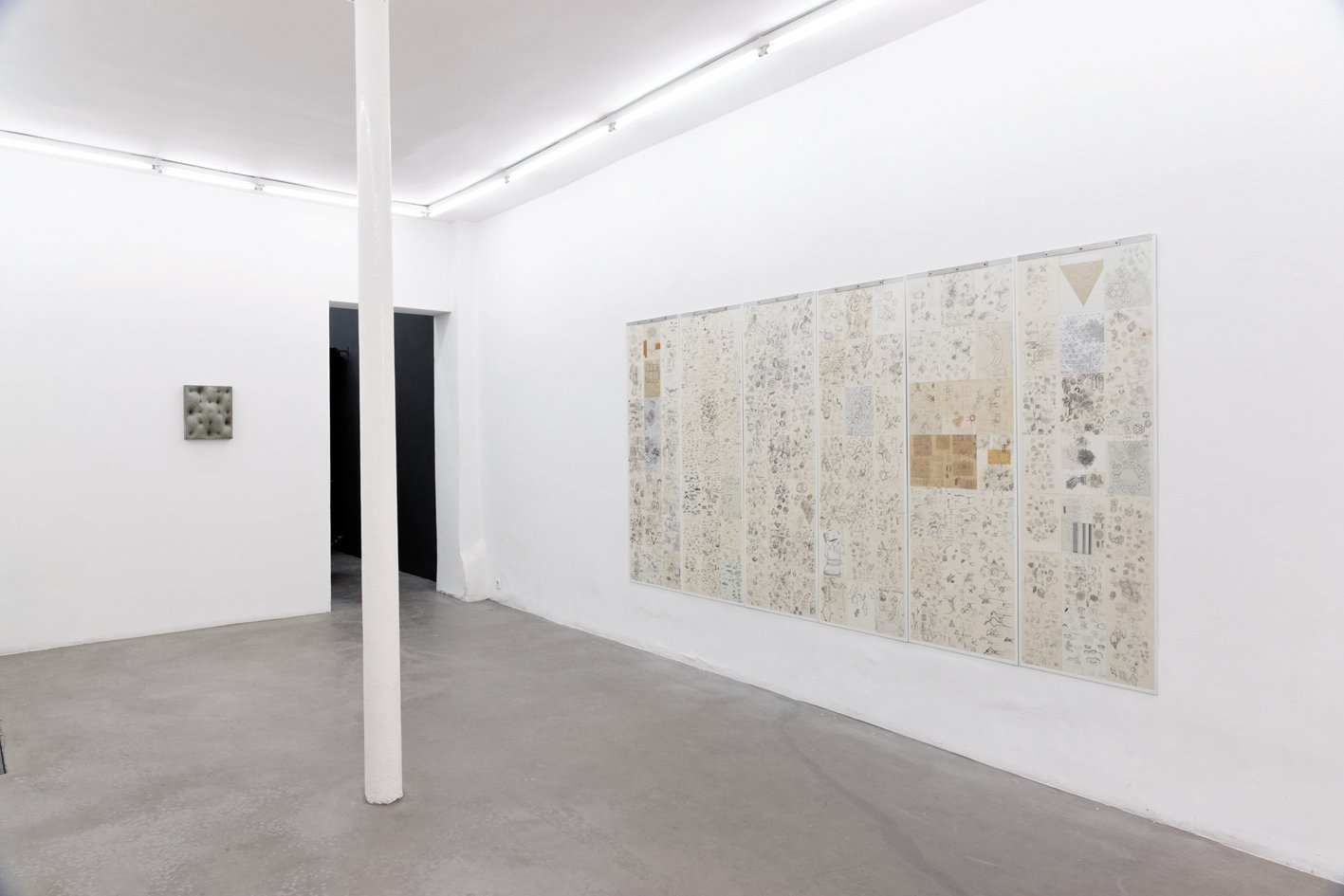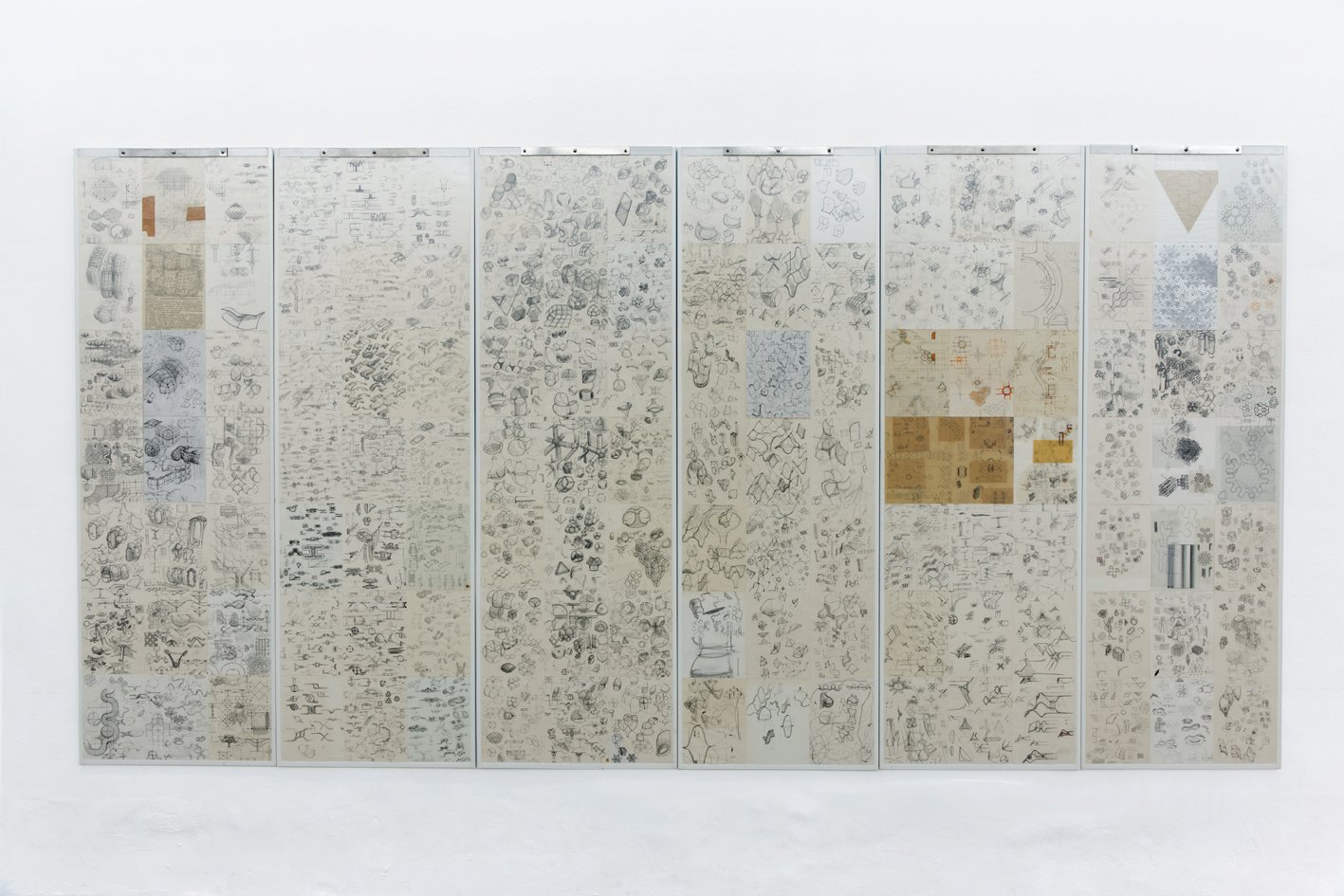
SCHLEICHER/LANGE PARIS
LARS ENGLUND: IN RETROSPECT
29 March, 2012 - 14 May, 2012






-
Lars Englund is one of the leading Swedish contemporary artists. Not pure minimalism, constructivism, or abstraction, his works develops a unique signature style. While many of his works use shapes that occur in nature and architecture, Englund is also able to create completely new bodies that oscillate between mathematics, poetics, and abstraction.
SCHLEICHER/LANGE Paris is pleased to show a whole range of works by Lars Englund. Visitors to the show can allow themselves to be convinced by Englund’s works in their spatial and material multidimensionality.
In early abstract paintings from the 1960s, he experimented with acrylic paint on film. These works show delicate shades of brown and gray in what at first seems to be rectangular stripes. As in a film, Englund was interested in rolling through the individual shots. During the course of the series, the abstracted lines increasingly develop into rounded curves with the help of shading. The previously two-dimensional shapes now protrude optically into the space, but are still based on painting techniques.
The white, foldable wall work marks the transition from the spatial structure of the painted illustrations to sculpture in three-dimensional space. Placed on the wall, a filigreed white body folds out, extending into the gallery space and exploding the two-dimensionality of a painting.
Lars Englund’s early research in rubber factories and the construction and concrete industry played an important role in the development of his unique Volumes (1964–67). For these works, he began experimenting with large inflatable pillows made of rubber. Reminiscent of mysterious underwater animals in their voluminous shape, the artist creates a unique presence in the space. “My aim was to literally fill the room, to find a way of making it more a matter of feeling than form.”
The Surface Support Structures that Englund produced during the years from 1968 to 1974 are molecular components that are assembled to form new spatial bodies, which can multiply endlessly. These complex, large structures made of polycarbonate are based on mathematical laws borrowed from the exaggerated domes of the Baroque age as well as the Crystal Palace by Joseph Paxton, built for the 1851 London World Exhibition.
With an almost manic rigor, Englund appropriates the basic mathematical structures of these architectures to combine them with organic shapes. What emerges are modular bodies that allow ever new spaces to emerge, like a construction set.
Considering the variety of inflated spaces, in the sense of the three-dimensional concept of space of the French sociologist Henri Lefebvre, it could be claimed that Lars Englund is able to create new bodies and spaces over and over. His strength is surely that the shapes gained from his Imagined Space turn existing space models from architecture and mathematics inside out in an unusual way and supply them with a new poetry.